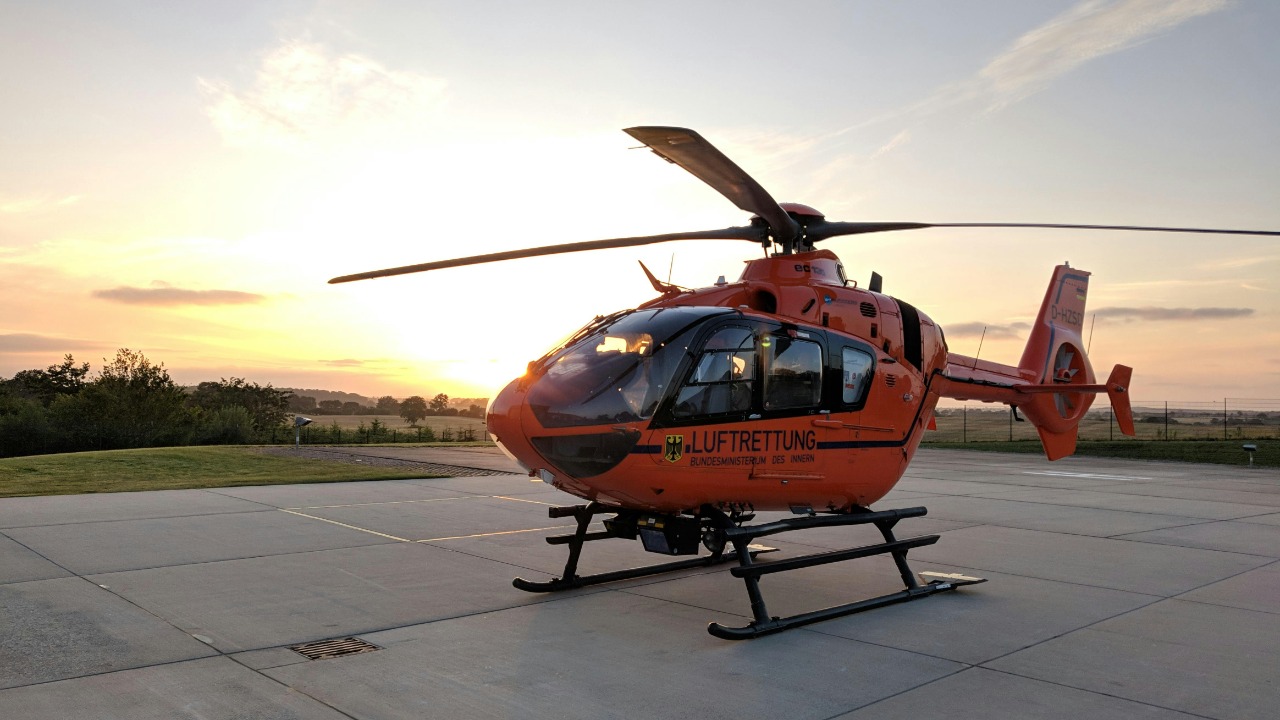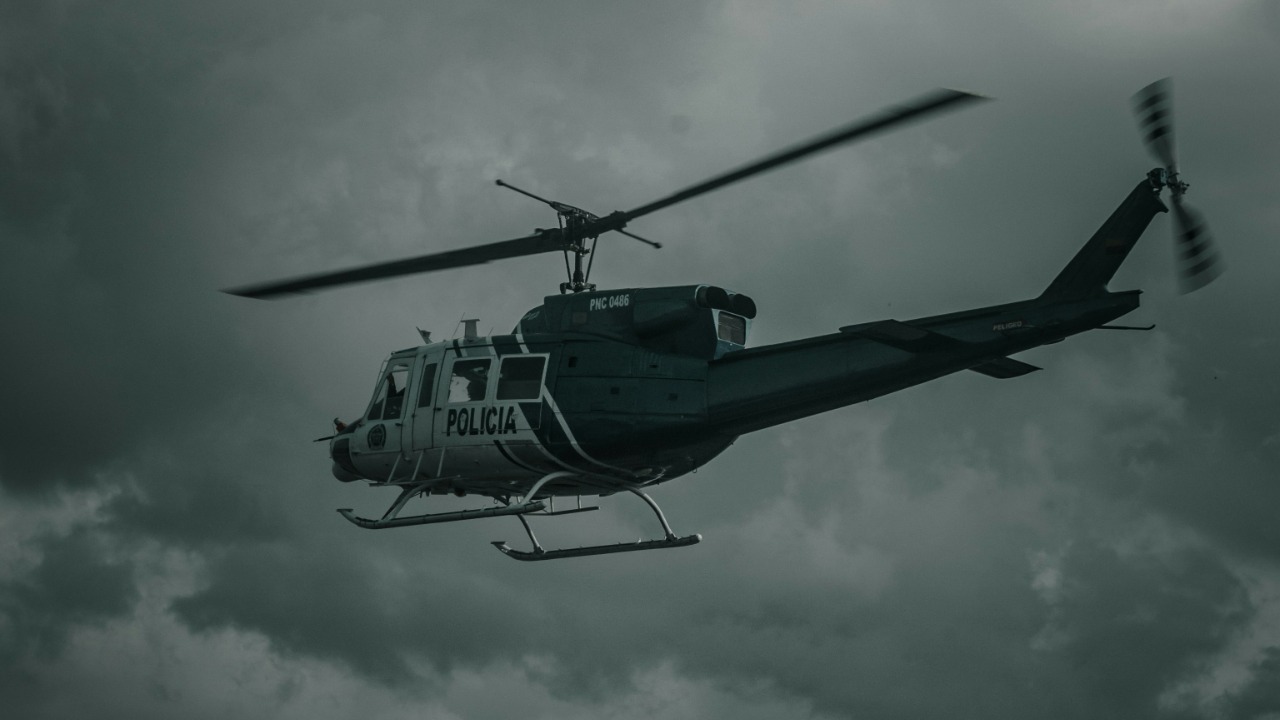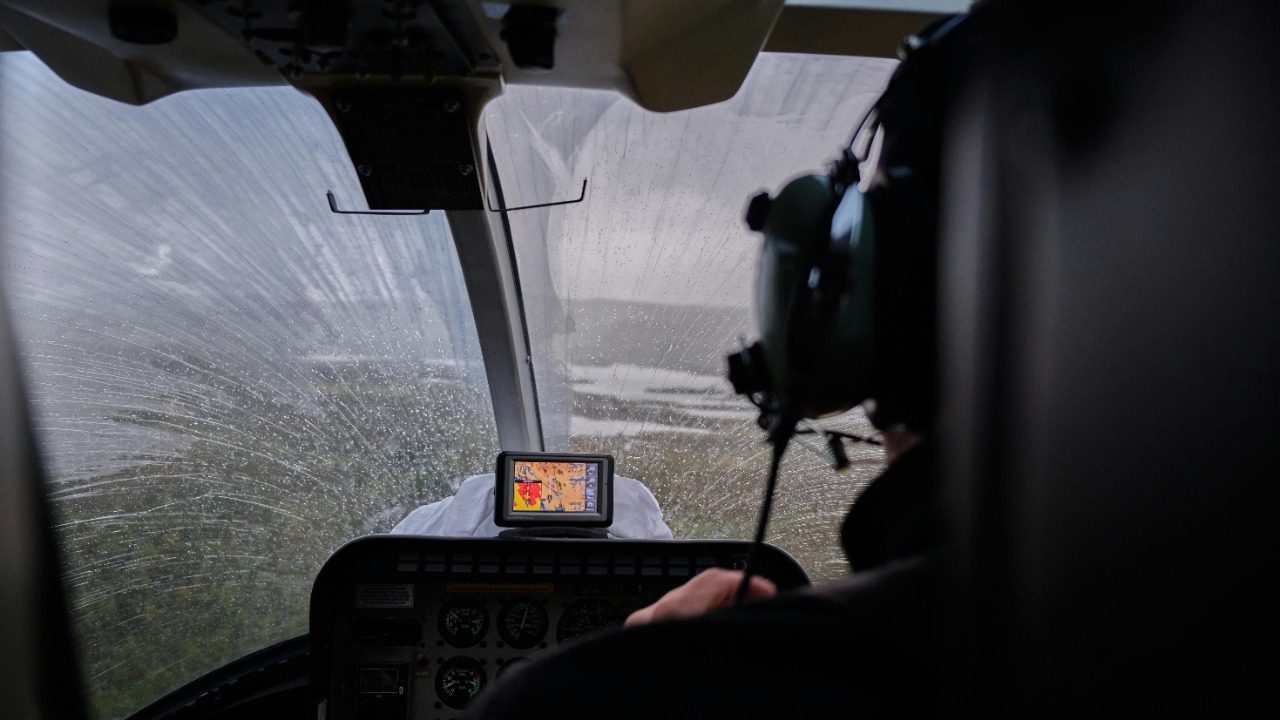
Helicopters are versatile aircraft often deployed in various weather conditions, but flying in the rain presents unique challenges. Understanding the capabilities and limitations of helicopters in rainy weather is crucial, with insights from scientific studies and real-world examples shedding light on their performance and safety.
Understanding Helicopter Capabilities

Helicopter flight is governed by intricate aerodynamics and design principles. The rotor blades generate lift, while the tail rotor counters torque, allowing for vertical takeoff and hovering. However, rain can alter aerodynamics by adding weight to the aircraft and potentially disrupting airflow over the rotor blades. The design of a helicopter must account for such adverse conditions to maintain stability and control.
Instrumentation and navigation play a pivotal role in enhancing helicopter safety during rain. Advanced avionics systems provide real-time data, aiding pilots in maintaining flight paths and managing altitude. According to the Aeronautical Journal, these systems are crucial for ensuring airworthiness and enabling pilots to make informed decisions despite limited visibility.
Impact of Rain on Helicopter Performance

Rain significantly impacts pilot visibility and decision-making. The FlyHAA blog highlights that heavy rain can obscure the pilot’s view of the horizon and terrain, complicating navigation. Pilots must rely heavily on instruments, which can be challenging if systems malfunction or become unreliable.
Mechanically, rain can affect rotor function and other components. Water accumulation on rotor blades can lead to uneven weight distribution, impacting lift and control. A ScienceDirect study notes that excessive moisture can also affect the engine and electronic systems, potentially leading to mechanical failures if not properly managed.
Safety Measures and Protocols

Pre-flight inspections and preparations are critical for flying in rainy conditions. According to the Aeronautical Journal, thorough checks of rotors, engines, and avionics are essential to ensure all systems function correctly. Pilots must also verify that all safety equipment is operational and that emergency protocols are in place.
Emergency procedures and training are indispensable for ensuring safety during unexpected weather changes. The importance of pilot training is underscored in an ABC7 article on autonomous firefighting helicopters, which highlights the value of preparing for diverse scenarios. Simulated training exercises help pilots react promptly to emergencies, enhancing their ability to manage adverse weather conditions effectively.
Technological Advancements Enhancing Flight in Rain

Recent advancements in autonomous systems and innovations have significantly improved helicopter operations in rainy conditions. Autonomous firefighting helicopters, as noted in the ABC7 article, are designed to operate efficiently in adverse weather, demonstrating the potential for technology to enhance safety and performance.
Innovations in weather-resistant materials and designs further bolster helicopter resilience. Studies on helicopter design emphasize the development of materials that resist corrosion and maintain structural integrity in wet conditions. These advancements ensure that helicopters remain reliable and safe, even when faced with challenging weather.
Case Studies and Real-World Examples

Helicopters are frequently used in military and emergency operations where rain is a factor. For instance, during military parades and operations, as highlighted in a WHEC article, helicopters must maintain readiness and reliability in all weather conditions, including rain.
Commercial and civilian helicopters also manage rain challenges effectively. The FlyHAA blog provides insights into how these aircraft are equipped with advanced technology and undergo rigorous training protocols to ensure safe operation despite rain. Specific cases highlight successful flights and the strategies employed to overcome weather-related obstacles.